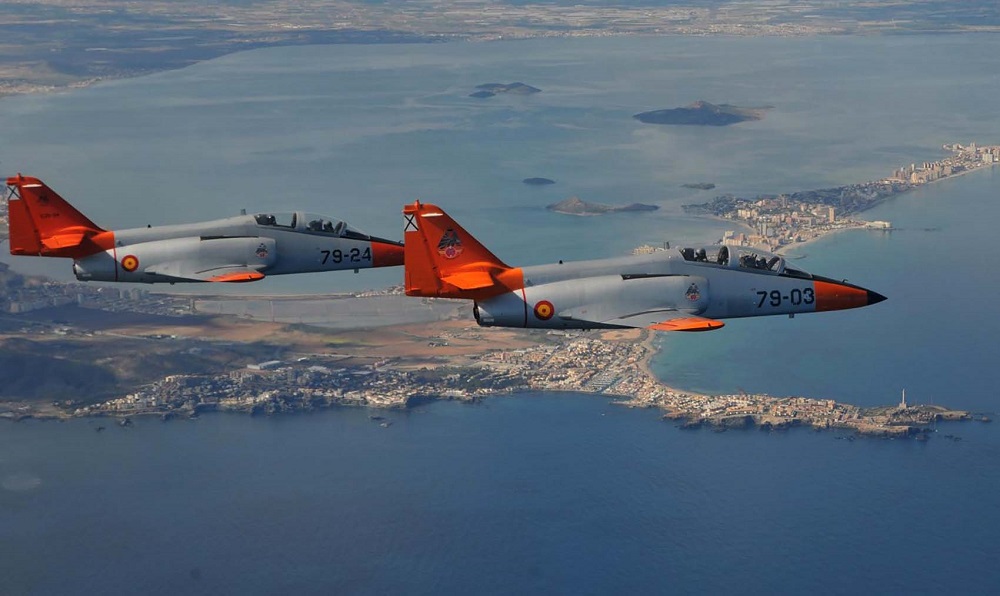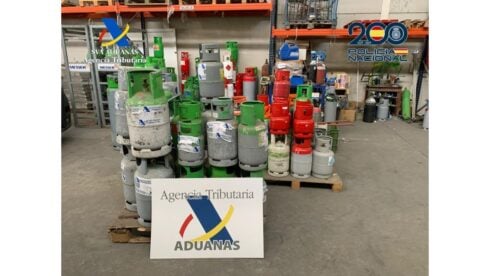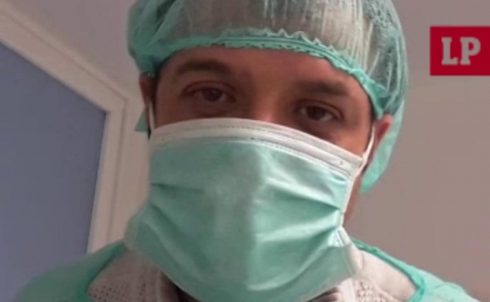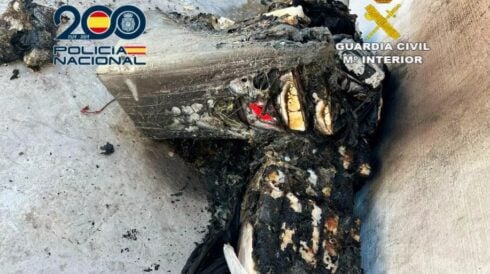THE Spanish Air Force training program has come under scrutiny in recent months after a string of fatal accidents.
A trio of plane crashes off the coast of Murcia has led the Ministry of Defence to ask questions of its aging fleets reliability.
Investigations are underway after the tragic death of Commander Eduardo
Garvalena who crashed his aircraft in the sea in front of La Manga last Thursday.
The accident played out like a replay of the accident back in August
last year where experienced ‘Eagle Patrol’ pilot Commander Francisco Marin lost control and plummeted into the water.
A third incident in September claimed the life of Daniel Melero Ordoñez,
50 and third-year student Rosa Almiron Otero, 20 when their CASA T-35C
Tamiz training aircraft suffered a mechanical failure and crashed.
All three accidents appeared to involve the same characteristics, unknown mechanical failures, no pilots reported problems before the accidents and none were able to eject before hitting the water.
An investigation is underway to determine the reasons behind the accidents but probable causes will be difficult to determine as none of the aircraft are fitted with ‘black boxes’.
The CASA C-101 Aviojet, a jet powered training aircraft produced in Madrid, was the aircraft involved in two of the three accidents, and questions have been raised criticising the age of the aircraft and their reliability.
The jets are currently used by the Patrulla Aguila (Eagle Patrol) display team and have been in service since 1980 when the Spanish Air Force purchased 88 of the aircraft to perform training duties.
Even 40 years ago the aircraft was dated, and lost out numerous contracts to the more technologically advanced British built BAE Hawk and the French Dassault Alpha Jet.
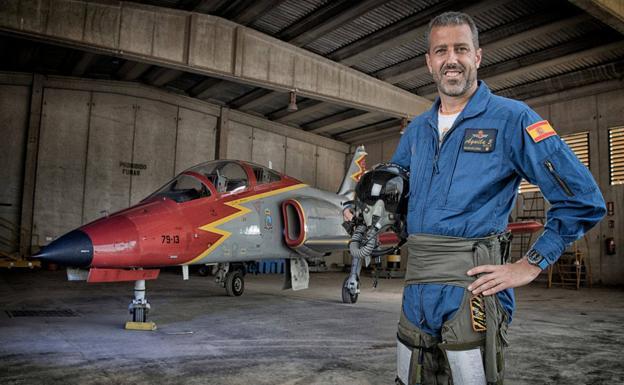
The C-101 is due to be replaced in 2021 with the Swiss built C-21 Pilatus after the Ministry of Defence signed a €204 million contract in January 2019, however the Patrulla Aguila will continue to use the Aviojet for its displays.
The Ministry was also quick to point out that the contract was signed before the tragic accidents.
Head of studies at Spain’s Air Academy, Lieutenant Colonel Jose Maria Alonso, stood by the aircraft.
He said: “They are still operational airplanes with many flight hours still to be done, because their useful life is not over yet.”
Air Force sources claimed the aircraft are subject to strict maintenance schedules and are constantly updated with new parts. Ruben Perez, leader of the Eagle Patrol between 2015 and 2018 believes that the age of the aircraft is not a determining factor.
He said: “Beyond the punctual failures and coincidences, it would be necessary to analyse if the pilots are under greater pressure, or if they are more active than they should be, which can affect their level of concentration.”
As the investigation is underway, the fleet is currently grounded as per government protocol, as the region mourned the loss of Commander Eduardo Garvalena at his funeral this past weekend.
Click here to read more News from The Olive Press.

